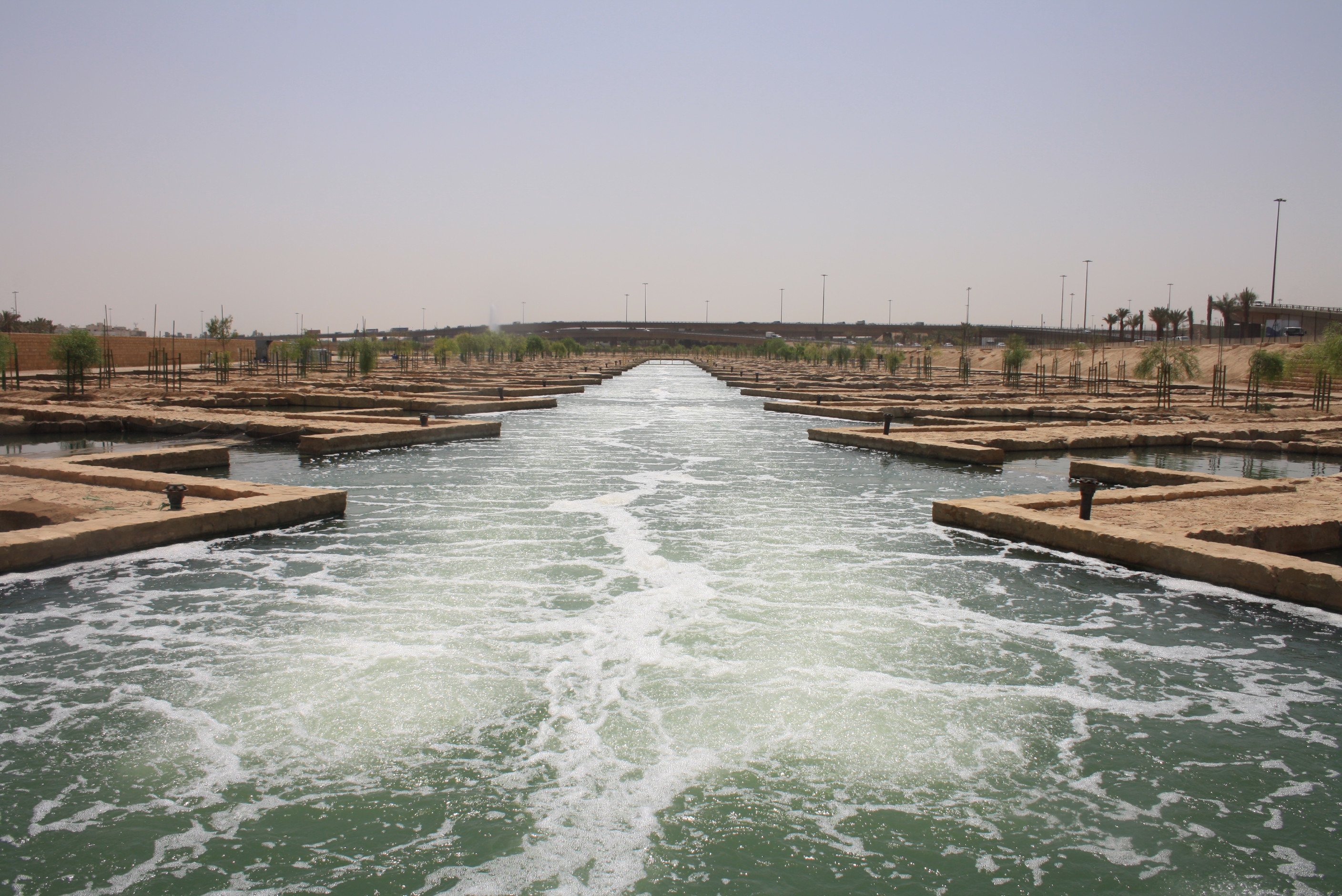
Wastewater aeration is the process of adding air into wastewater to allow aerobic bio-degradation of the pollutant components. It is an integral part of most biological wastewater treatment systems. Unlike chemical treatment which uses chemicals to react and stabilize contaminants in the wastewater stream, biological treatment uses microorganisms that occur naturally in wastewater to degrade wastewater contaminants.
In bubble aeration typically less than 30 percent of the oxygen supplied by blowers is transferred to the wastewater resulting in an enormous energy waste. This is because energy is required to compress air and deliver it in the form of small bubbles at the bottom of a deep tank. Buoyancy forces take the bubble to the surface and along the way, oxygen transfers to the wastewater. Once at the surface the bubble escapes back into the atmosphere, often resulting in significant lost oxygen/energy. Even with the most recent developments in fine bubble aeration technologies the maximum oxygen transfer efficiency is limited due to bubble retention time and bubble-biology contact. Many factors can affect oxygen transfer once a bubble has been formed; mixing, chemicals, surface tension, bubble size etc, though one area often overlooked is not the transfer of oxygen from bubble to wastewater, but the energy actually consumed in generating the bubbles under deep water (overcoming friction loss and hydrostatic head).
The Membrane Aeration Biofilm Reactor (MABR) can achieve very high oxygen transfer rates (up to 95%) even at very low operating pressures (300- 400 mbar). This results in ~4X energy savings over Conventional Activated Sludge (CAS) with aeration efficiencies up to 8kgO2/ kWh.
OxyMem Generation 4 membranes can deliver on average 12g O2 per m² of surface area when operating on air. For the first time, it now may make sense to use higher oxygen concentrations where possible, because OxyMem does not waste gas in the same way conventions bubble systems do.
Just as the cells in the human body take the oxygen they require dependent upon their need at any moment, OxyMem's MABR enables the attached biofilm to "draw" more oxygen when required. An equilibrium is sought across the membrane, naturally, via concentration gradients on a molecular level. The result is that for typical process operation the exhaust gas from the MABR membrane may have little less or a little more oxygen at any given moment; the system effectively enables the biology "to breathe". Where process load variations demand even more oxygen, this can be accommodated by increasing the airflow through the membranes (altering the concentration of the source air within the membrane). This results in an increase in overall oxygen concentration within the membranes resulting in increased performance instantaneously.
For high loads and spikes in oxygen demand, the oxygen transfer rate can be increased by increasing the % of oxygen in the air supplied (eg. use of pure oxygen or enriched air).
This will result in more kg of oxygen being transferred for a given membrane surface area. Using enriched air ( >90% oxygen) the same MABR module can deliver approx four times the oxygen, giving you a lot more treatment capacity for a much lower capital cost.
© Copyright 2017-19, OxyMem Limited | Company Registration No. 530400 | VAT Registration No. IE3192612NH | INBS